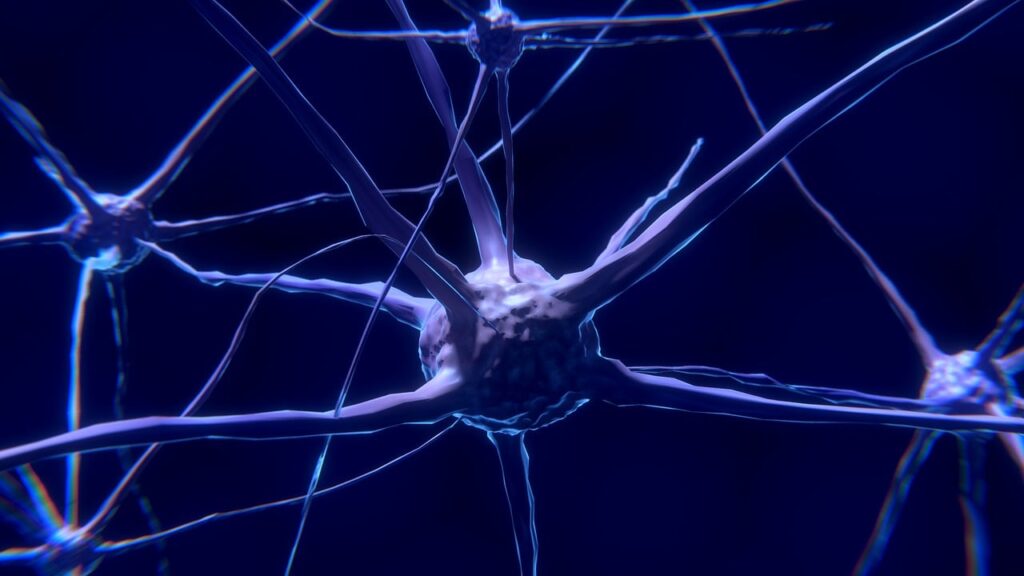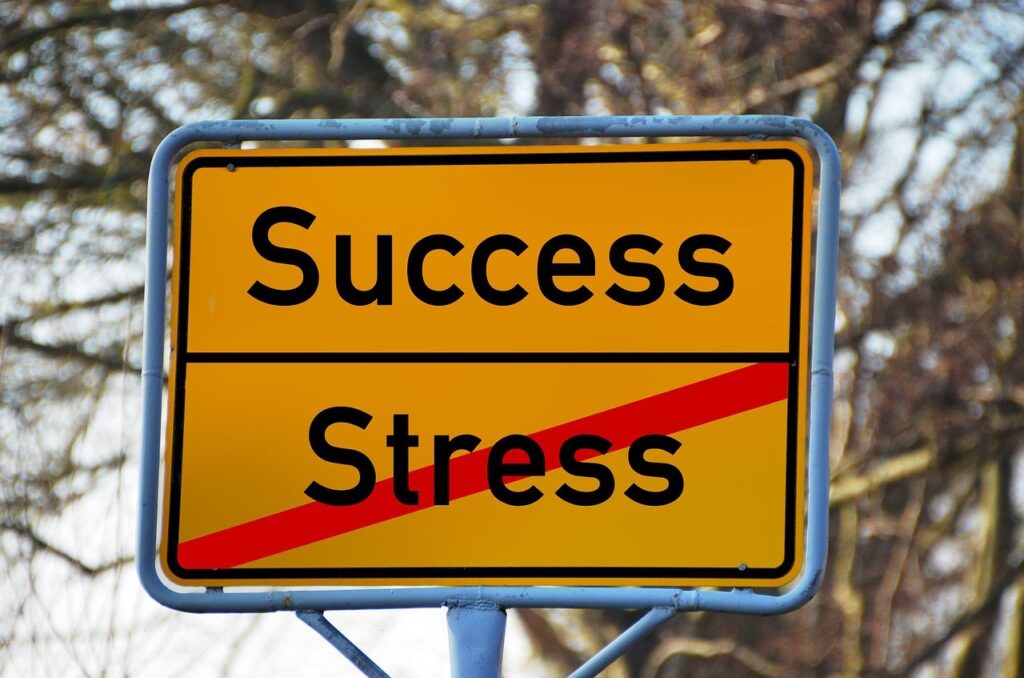Table of Contents
Introduction to Nerve Stimulation Therapy for Depression
Depression is a common and serious mental health disorder that affects millions of people worldwide. Despite being treatable, traditional approaches such as medication and therapy do not always work for everyone. Nerve stimulation therapy is an innovative approach to tackling depression by directly targeting the brain’s neural pathways.
Through non-invasive or minimally invasive methods, nerve stimulation therapies regulate the activity of specific areas of the brain that are believed to play a critical role in mood regulation, such as the prefrontal cortex and limbic system.
This type of therapy represents an exciting alternative for those who have tried other treatment options without success. It offers hope for patients who may have previously considered electroconvulsive therapy (ECT), which carries several risks and side effects.
In this article, we’ll explore more about nerve stimulation therapy – how it works, its benefits and risks as well as types available today.
How does Nerve Stimulation Therapy Work?
Nerve Stimulation Therapy is a non-invasive treatment for people suffering from depression, anxiety and other mental health conditions. It works by using electrical or magnetic impulses to stimulate certain areas of the brain, which can help improve mood and reduce symptoms.
The method behind nerve stimulation therapy centers around altering brain chemistry with the goal of increasing activity in specific regions of the brain that regulate behavior patterns such as mood regulation or motivation.
The most widely-known form of nerve stimulation therapy is Transcranial Magnetic Stimulation (TMS). TMS involves placing a magnetic field generator near the patient’s head to send targeted pulses through their skull into different parts of their prefrontal cortex, which has been shown to play an essential role in regulating emotion-based responses. By stimulating these regions through regularly applied pulses, doctors can successfully alleviate negative symptoms associated with depression while leaving patients unencumbered by typical side effects found with pharmaceutical treatments like weight-gain/excessive appetite suppression or sleepiness/fatigue-inducing drugs.
Other forms of Nerve Stimulation Therapy include Electroconvulsive Therapy (ECT), Deep Brain Stimulation (DBS), Vagus Nerve Stimulation (VNS) each having its own mechanism/target area but all aiming at modulating abnormal/dysfunctional neurochemical processes that lead to impaired emotional control/processing on some level.
In summary: Nerve stimulation therapy uses electrical or magnetic impulses to stimulate key areas within the brain responsible for regulating emotions. Through techniques like TMS sessions lasting between twenty minutes up-to multiple times per week over several weeks normalizes/harmonizes disrupted neural circuitry leading improved coping mechanisms against depressive states/regardless if they’re situational versus clinical in nature. The technique appears promising due not only its high tolerability by patients but low risk of negative side effects that often plague traditional therapeutic options.
Types of Nerve Stimulation Therapies for Treating Depression
Nerve stimulation therapy is a relatively new and non-invasive treatment approach for depression. It involves stimulating certain nerves in the body to help relieve symptoms of depression. There are several types of nerve stimulation therapies used today, each with its own unique approach.
Transcranial Magnetic Stimulation (TMS)
TMS uses magnetic fields to stimulate specific areas of the brain that are responsible for regulating mood. During TMS sessions, patients sit comfortably while a device is placed on their heads to deliver magnetic pulses to targeted regions of the brain. This process encourages communication between different parts of the brain and can help regulate mood and emotions.
Electroconvulsive Therapy (ECT)
ECT is a form of therapy that uses small electrical currents transmitted through electrodes placed on your scalp under anesthesia. These controlled electric shocks intentionally trigger brief seizures in your brain, which affect chemical changes in your brain that reverse or reduce symptoms associated with some mental health conditions like severe depression when other treatments have failed.
Vagus Nerve Stimulation (VNS)
Vegal Nerve Stimulation treats chronic cases( long-term)of mild-to-severe depression by delivering electrical impulses through a medical implant designed to target the vagus nerve – this extends from our neck all through our torso- located at two specific locations within it called helices located near its base(linearly). When stimulated regularly throughout many weeks/months/years,it triggers chemical messengers modulation into proper balance leading up gradually descending relief /absence feelings related negative moods such as sadness anger anxiety etc
Cranial Electrotherapy Stimulation(CES)/Alpha Stim :
Using a device that delivers low-level electrical currents through electrodes placed on the head, alpha-stim can help control and manage depression symptoms. The therapy lasts about 20 minutes and usually has no side effects for most people.
Deep Brain Stimulation (DBS)
A surgical procedure in which thin wires are implanted deep into the brain in specific neural networks to transmit electrical impulses to relieve some mental health conditions like chronic pain, severe depression or obsessive-compulsive disorders.
Benefits and Risks of Nerve Stimulation Therapy
Nerve stimulation therapy has been shown to be an effective alternative treatment for depression. However, like any medical procedure, it comes with both benefits and risks that should be carefully considered before undergoing treatment.
Benefits:
1. Non-invasive: Unlike traditional forms of psychiatric treatments such as electroconvulsive therapy (ECT), nerve stimulation therapies are non-invasive and do not require anesthesia.
2. Minimal side-effects: Nerve stimulation therapies cause fewer side effects than other forms of antidepressant medications or ECTs
3. Shorter recovery time:Nerve stimulation therapy does not typically require extensive downtime after the procedure and patients may resume their routine activities soon after the treatment is finished.
Risks:
1. Adverse reactions: In rare cases, some individuals may experience adverse reactions after nerve stimulations including headaches, nausea or confusion which can persist up to a few hours post-treatment.
2. Device malfunction: The device that delivers the electrical impulses could malfunction resulting in minor burns on the skin where electrode pads were placed during treatment.
Note :This list is not exhaustive; a patient should always consult with their treating psychiatrist keep abreast of all possible options and risks before starting any new mode of psychiatric treatments.. In general, these devices have been well tolerated by many patients suffering from depression who have experienced little-to-no significant negative consequences caused by this innovative form of brain-stimulating therapy.
Success Rates of Nerve Stimulation Therapy in Treating Depression
When it comes to treating depression, there are a lot of different options available. However, some people may find that traditional treatments like therapy or medication aren’t effective for them. This is where nerve stimulation therapy comes in.
Nerve stimulation therapy involves the use of electrical or magnetic fields to stimulate specific areas of the brain. By doing so, this type of treatment can help regulate mood and alleviate symptoms associated with depression.
So how successful is nerve stimulation therapy when it comes to treating depression?
The answer to this question isn’t necessarily straightforward since there are several different types of nerve stimulation therapies available — each with varying success rates. However, overall research suggests that these treatments can be highly effective for some patients.
Here are just a few examples:
- Transcranial Magnetic Stimulation (TMS): TMS is a non-invasive form of nerve stimulation that has been shown to be effective in treating both major and minor depressive disorders. One study found that nearly half (47%) of patients experienced significant symptom relief after undergoing TMS over the course of six weeks.[1]
- Vagus Nerve Stimulation (VNS): VNS involves implanting a small device into the chest which sends electrical impulses through the vagus nerve in order to stimulate specific parts of the brain known as “mood centers.” While not all studies have found VNS to be highly effective on its own, many experts believe it can still provide significant benefits when used alongside other forms of treatment.[2]
- Cranial Electrotherapy Stimulation (CES): CES is a form of nerve stimulation that involves the use of low-level electrical currents applied to the head. Studies have shown that this treatment can be effective in reducing symptoms of depression and anxiety — with one study finding that nearly 85% of patients experienced significant improvement after using CES for six weeks.[3]
It’s worth noting, however, that not all patients will respond positively to nerve stimulation therapy. In some cases, individuals may need to undergo trial-and-error testing before finding a treatment plan that works for them.
*Disclaimer: This article should not be considered as medical advice; it’s important to consult a healthcare professional first before deciding on any course of treatment.
[1] https://www.ncbi.nlm.nih.gov/pmc/articles/PMC3901576/
[2] https://www.apa.org/news/press/releases/2010/08/vagus-nerve-stim.aspx
[3] https://pubmed.ncbi.nlm.nih.gov/28107155/
Future Outlook on the Use of Nerve Stimulation Therapy in Mental Health Treatment
As technology continues to advance, the future looks bright for nerve stimulation therapy as a viable treatment option for depression and other mental health disorders. Researchers are actively investigating new techniques and refining existing ones with the goal of improving outcomes and making the therapy more accessible.
One area of research involves using brain imaging to better target stimulation and increase effectiveness. By identifying specific areas of the brain associated with mood regulation, doctors could tailor treatment plans to address each patient’s unique needs. Another exciting development is combining nerve stimulation therapy with other treatments such as talk therapy or medication.
In addition, wearable devices that use nerve stimulation technology are already on the market for treating anxiety and insomnia. As research progresses, we can expect even more advances in this area of mental health treatment.
The potential benefits of nerve stimulation therapy are undeniable: it offers an alternative approach for patients who do not respond well to traditional antidepressant medications or cannot tolerate their side effects. With continued innovation in this field, we could see significant improvements in quality of life for people living with depression and other mental health issues.




